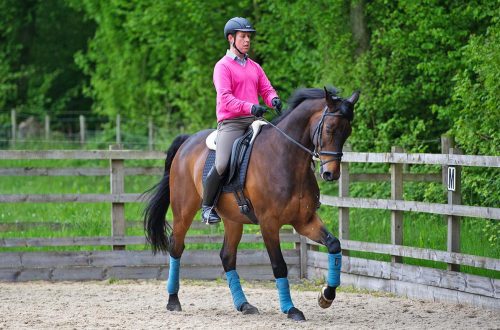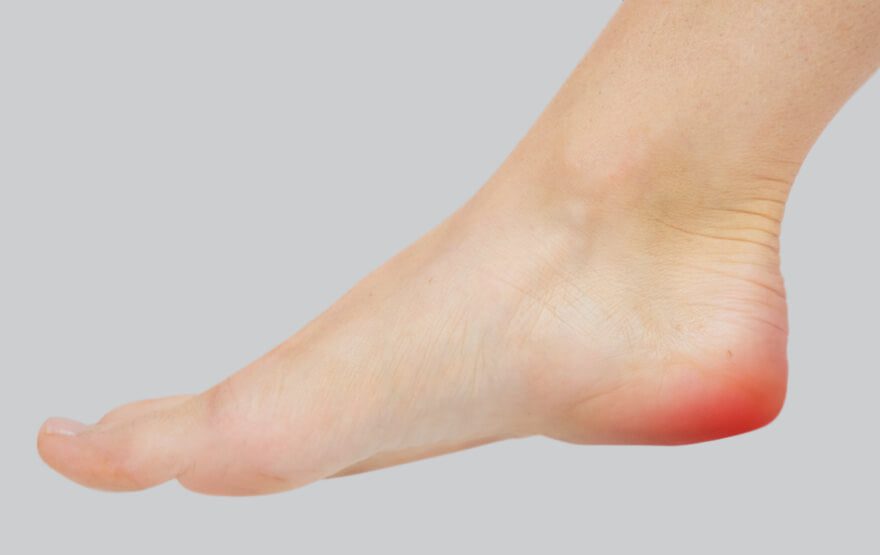
Effective management: what you need to know about spur injuries
There are many reasons why a horse stays “over the leg” or, as they say, becomes “dead on the leg”. Here’s what riders need to know about the effects of skin damage caused by improper use of spurs.
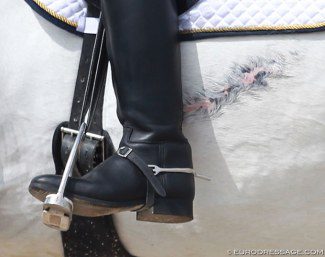
Scar from using a spur / Photo © Astrid Appels
Dead on the leg
Often the cause of this phenomenon can be a problem balance or misunderstanding in work with the horsecaused by rider tension. Sometimes we think that the horse a little slow on the foot, and at this point we are in a trap Riders tend to try to push the horse forward using body and legs, pinching her or hitting her side. Excessive use of the leg can also cause some sort of “braking” effect at the horse. If the leg is pinched, then the rider’s thigh also becomes non-plastic, which limits the movement of the entire horse, as the rider holds it with his body (seat, thigh). In short: the leg asks the horse to “move forward”, but at the same time the rider stops the horse with his body.
If an athlete is accustomed to constantly “pick” the horse foot, then after a while she stops hearing him, since her body ignores the irritantwhich it cannot get rid of.
But just because a horse is “dead on the leg” doesn’t mean it won’t feel your leg. neverbecause the skin and the layers underneath very sensitiveyou just need to learn how to do it right.
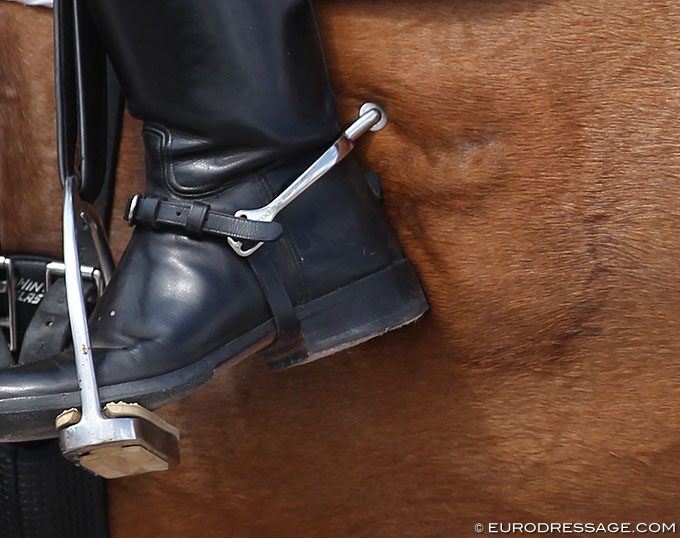
Scar and swelling from a spur / http://eurodressage.com
Effect on the skin
The function and health of the superficial layers of the skin is important for activity, as any damage deep or superficial layers changes their reaction to the influence of the rider. Changes in the quality of fabrics affect how the horse moves.
The functions of the sympathetic and parasympathetic nervous systems affect the physiological changes in their structures. The horse must be able to move without constant influence и with pleasurewhich, of course, should be the cornerstone of any workout.
You must have seen the horse reacts to a fly she shakes it off with m.cutaneus. These are the superficial fasciae. They attach to the skin muscles, the contraction of which causes “shaking” of the skin horses on a separate part of the body. You can check the location of these muscles by lightly touching the horse’s skin. Since the horse can feel it, he can feel the rider’s soft aids and react to them, provided the rider works correctly without giving conflicting commands.
Swelling from overuse of the spur
The fascia responds to any kind of stress and problems start to accumulate over time. Skin abrasions can lead to modifications over time, which means that she will become either thicker or thinner, since the natural elastic properties of tissue and fascial structures are often permanently damaged.
If the use of spurs leads to visible damageEg my skin, then the tissue during healing will form scarring. Sometimes there are sensitive areas in the superficial or deeper fascial layers that cause discomfort when exposed to them. Sensitivity on the injured area may also increase to pain and will create discomfort over a larger area of the side relative to the original site.
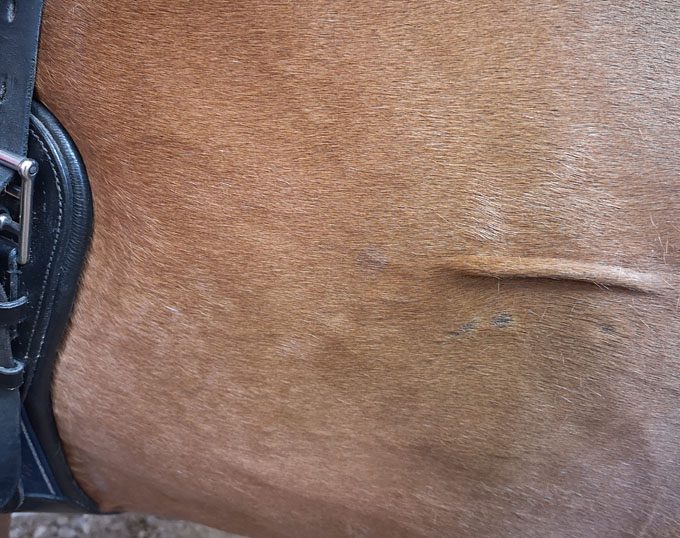
Skin elasticity test. dry cloth
stays pulled back until it is smoothed out by hand / http://eurodressage.com
The skin and fascia have free nerve endings that usually function as mechanoreceptors, transmitting information to the central nervous system. Therefore, if there is pain or constant mechanical stress, there is a risk that the area may become overly sensitive, or vice versa, perhaps decrease in the level of sensitivity (up to numbness).
If we are talking about traces of damage, then sometimes there may be an education, like a craterwhen the edges of the area become hard and inflamed (or completely insensitive), and in the middle the tissue thin, swollen or dry, scarring.
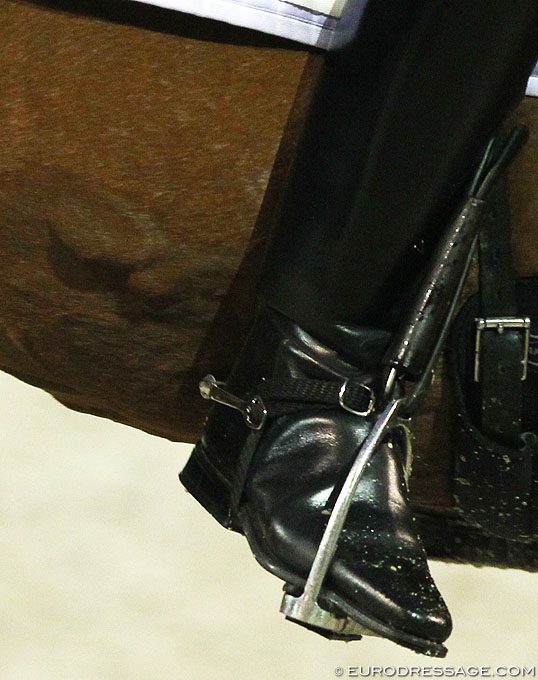
Swelling from using spurs / http://eurodressage.com
How to avoid more damage
In the situation when fascial structures become too dry The signals received by the nerve endings are misdirected. it limits the movement of the horse, causes her voltage, provokes the “transmission” of pain to other parts of the body. Treating and compensating for dryness in this area can help with tissue repair., but only if if the traumatic effect on them is stopped.
If the horse has distinct spur marks, exposure to the skin must be stopped for a while in order to the problem did not develop. The spur itself is not a problem (when used as an auxiliary tool), but it is necessary to think about what as you are using it. Auxiliaries should be applied as much as possible lighter and clearerso that they can react, and a horse understood them. The rider must relax, and as soon as the answer appears, allow the horse to move vigorously without additional influences.
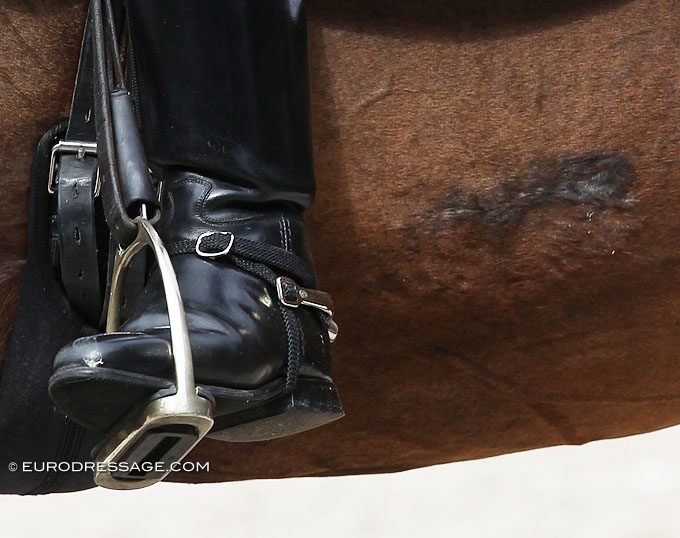
Scars from the use of spurs / http://eurodressage.com/
Source: http://eurodressage.com/





